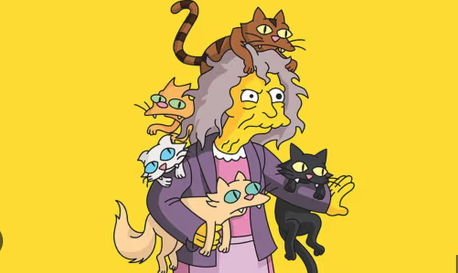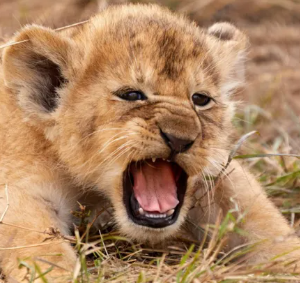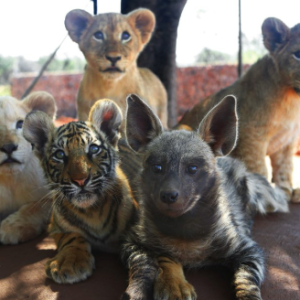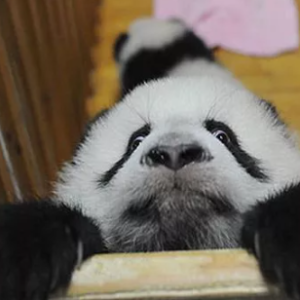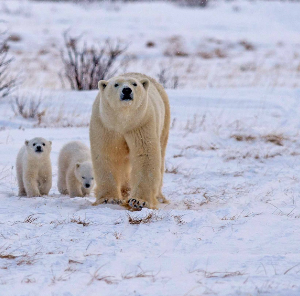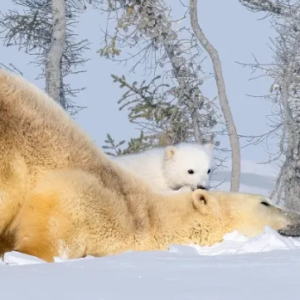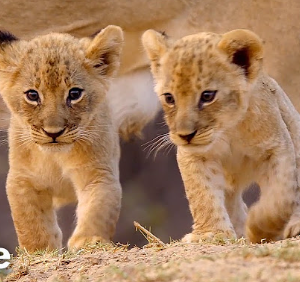For millennia, cats have held a unique place in human societies. Their enigmatic presence, both graceful and independent, has captured our imagination and inspired countless artistic expressions across the globe.
Deified Felines
In ancient Egypt, cats were revered as deities. The goddess Bastet, depicted as a cat or a woman with a cat’s head, symbolized protection, fertility, and the moon. Egyptians cherished their feline companions, believing them to be protectors from evil and bringers of good luck. Elaborate cat statues and mummies adorned temples, a testament to their sacred status.
Shifting Perceptions
During the Middle Ages, cats’ association with the night and their independent nature led to a shift in perception. In some cultures, they were seen as familiars of witches or harbingers of bad luck. However, cats also retained their connection with domesticity and comfort, often depicted curled up by fireplaces in European paintings.
Modern Muses
In the modern era, cats have become pop culture icons. From Lewis Carroll’s mischievous Cheshire Cat in Alice’s Adventures in Wonderland to Garfield, the lasagna-loving cartoon cat, felines continue to entertain and resonate with audiences. Today, the internet celebrates cats with endless memes and videos, solidifying their place as beloved companions and cultural influencers.
Enduring Allure
Cats’ enduring allure lies in their complex nature. They are both cuddly companions and independent creatures, a captivating paradox. Whether revered as deities, depicted realistically in art, or celebrated in popular culture, cats continue to weave themselves into the fabric of human experience, inspiring creativity and capturing hearts for generations to come.

